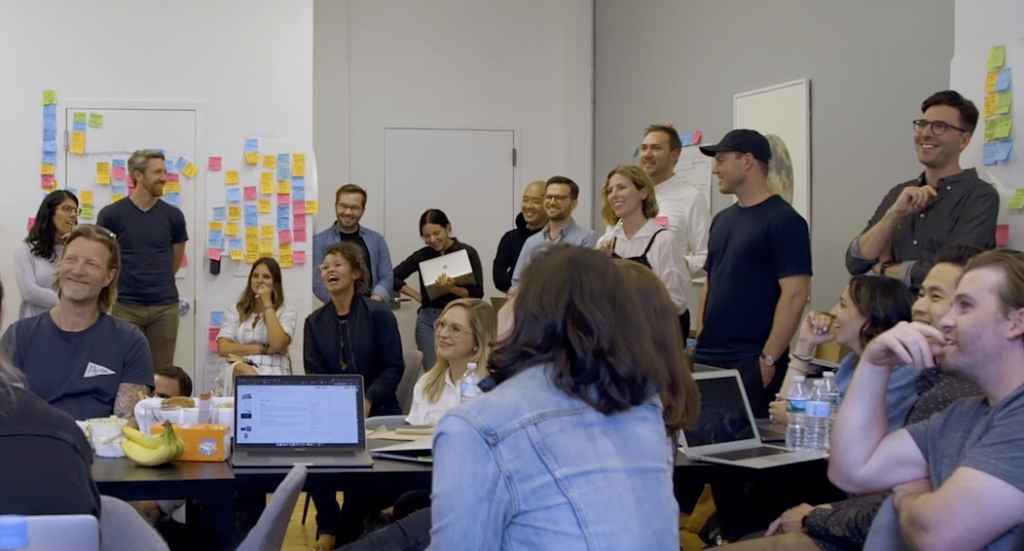

In Agile organizations, there is a high chance of shuffling teams as and when required because of the short period of products, projects, and services. Between shared teams, sprint lengths should be kept the same so that planning, allocation, and commitment can be handled easily.Common boards and widgets can be created on an issue tracking system, so that shared members can easily track their issues.Choosing different ceremonies day and/or time so that they are not overlapped.3.4 Scrum Adaptationįinally, it may also require a little bit of Scum adaptation, so that ceremonies can run smoother. However, there is one advantage of such a setup, it is that Scrum teams of both products can exchange valuable information, skills, experience, etc. Therefore, it is advisable that if anyhow teams are to be shared between two or more products, it is better to keep the whole team the same so that fewer issues could arise. In a shared product team, onboarding could be lengthy in comparison to a single product because of the nature of complexity, diversity, and domains of the product. In such a scenario, both teams must be coached about time management, prioritization, coordination issues, etc. Since all the members of both product teams may exactly not be shared, certain members may not have visibility of both teams. prioritization can be challenging because while working on shared products, often they find that they receive tasks very late from both teams and they may face severe challenges to complete them on time, even if sufficient time is allocated during planning. You may face various challenges and address them one by one.ĭue to different product types, some members may face easy to work with while some may not, hence proper care must be taken to mitigate such concerns before they became a bottleneck in execution and eventually hamper productivity.įor the QA team etc. Team dynamics are important while working in shared product teams. PO and Dev team should also be flexible with such allocation to keep execution smoother. Hence allocation needs to be predetermined before planning sprints in both products.
#1PASSWORD TEAMS TRAINING HOW TO#
3.2 Allocation of EffortsĪnother challenge that you could face is how to allocate efforts in shared products, especially for the tech team as they could face dynamism in any one product during execution. If different domains are a must, then necessary training needs to be arranged. If tech-stack also remains almost the same, then it would be the best. Therefore, it is advisable that in shared product teams, at least the domain should not be changed. This becomes much more important when product domains differ. While working on multiple products, mindset plays an important role because team members often need to switch contexts. Hence following points are to be kept in mind while planning training. In dynamic organizations, product teams are often shared between one or more products.

The above 200 people were divided into 10 teams of 20 members each to further provide training and assignments. Rest were already working under other frameworks/methodologies where Scrum could not be made applicable.

In 1st month there was just observation of various teams along with various meetings to better understand their working style, workflow, culture, pains, and gains.Ģ50 IT team members were further divided into Product teams, Project teams, and Service teams as shown in the below picture.įrom them, roughly 200 members were considered for training. 300 members in the organization in various departments from which IT staff were 250 while the rest were in HR / Admin departments. Hence training sessions along with assignments were planned. The overall goal of the Agile adoption was to instill agility in members through encouragement and not enforcement. 1.2 Dynamic Tech StackĪdditionally, these organizations use various tools and technologies (such as Microsoft, Open-source, Mobile, etc.) to build various products and services 2. These ITES organizations serve in various product and tech segments, doing bespoke projects, offering dedicated resources for hire, and providing consulting as well. They are sustainable and hungry for growth. These are ITES organizations with the capacity of 50 to 300 employees/consultants/associates having validated business models.

How can Scrum be applied in non-tech departments.How to harmonize Scrum and QMS (ISO 9001:2015 standard).What to keep in mind when team shuffling is a normal practice.How agility works in Shared Product teams.In this article, we are going to discuss my firsthand experience of best practices (challenges, solutions, concerns) while instilling an Agile culture/mindset in dynamic organizations.


 0 kommentar(er)
0 kommentar(er)
